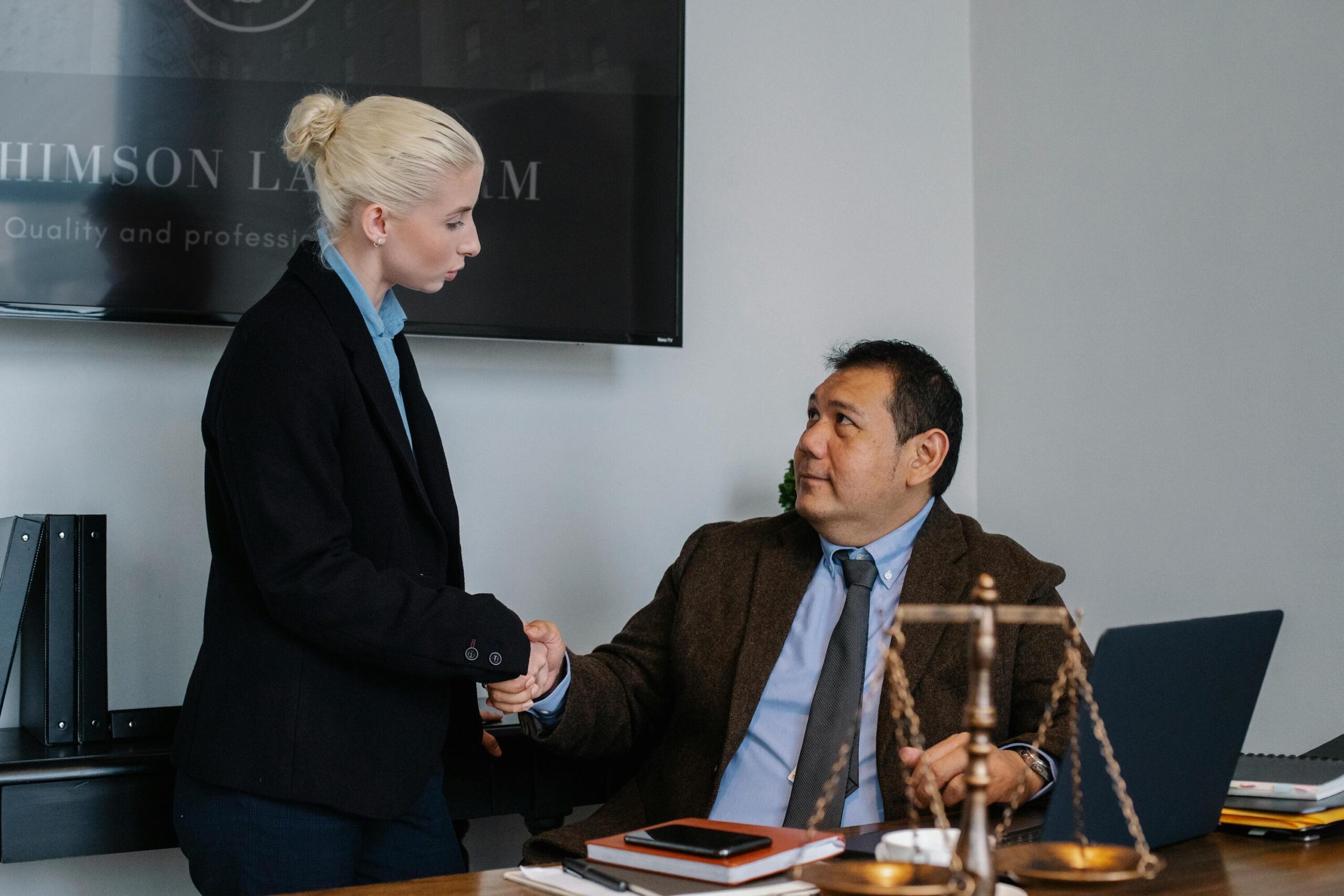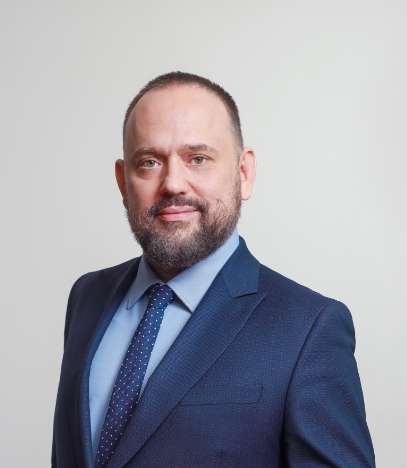
Direct Service Between Professional Representatives
The Supreme Court of Poland’s decision of May 30, 2025 (Case No. II CSKP 7/23) represents a watershed moment in the interpretation of Article 132 § 1 of the Code of Civil Procedure, which governs direct service obligations among professional participants in civil proceedings. The Court definitively resolved a fundamental interpretive dispute concerning whether the obligation to effect direct service applies to attorneys, legal counsels, and patent attorneys regardless of their procedural role, or exclusively when they serve as procedural representatives.
This interpretive question carries profound implications for procedural efficiency, due process guarantees, and the fundamental structure of professional representation in Polish civil litigation. The Court‘s resolution of this matter not only clarifies a critical procedural mechanism but also illuminates broader principles of statutory interpretation and the relationship between professional status and procedural obligations.
Factual Background and Procedural History
The case arose from circumstances emblematic of the interpretive uncertainty surrounding Article 132 § 1. The defendant, H.K., whose whereabouts were unknown, required the appointment of a curator ad litem. The Regional Court appointed Attorney M.K. to serve in this capacity. When the curator filed a response to the complaint, the court clerk returned the pleading pursuant to Article 132 § 1, sentence 3, for failure to include a certification of service upon opposing counsel. The Regional Court subsequently entered a default judgment in plaintiff’s favor.
Following the curator’s objection to the default judgment – which the trial court denied – the Regional Court of Appeals in Wrocław affirmed on appeal. The appellate court reasoned that the curator, being a licensed attorney, remained subject to the obligations of Article 132 § 1 irrespective of her procedural role. The court argued that Article 132 § 1 contains no limiting language restricting its application solely to procedural representatives, and that an attorney serving as curator continues to act “as a professional.” This position was subsequently challenged on cassation.
The Doctrinal Foundation of Article 132 § 1
Article 132 § 1 represents a carefully calibrated exception to the general principle of official service, establishing a streamlined mechanism for service among professional participants in litigation. The provision serves multiple interconnected objectives: enhancing procedural efficiency, reducing administrative costs, and expediting case resolution by transferring certain service obligations from the court system to professional representatives.
The ratio legis underlying this mechanism rests upon a sophisticated theory of institutional trust. The legislature operates on the presumption that members of the legal professions possess both the requisite competence and professional integrity to discharge service obligations reliably. This presumption, however, is neither unconditional nor automatic – it is activated specifically through the voluntary assumption of representational duties that trigger enhanced procedural responsibilities.
The contractual dimension of this framework merits particular emphasis. The obligation to effect direct service does not derive merely from professional licensure but rather from the deliberate undertaking of representational functions. This distinction proves crucial to understanding why the Supreme Court ultimately rejected a status-based interpretation in favor of a role-specific approach.
The Supreme Court’s Analysis
The Central Holding
The Supreme Court unambiguously held that Article 132 § 1, sentence 1 applies exclusively to situations in which the enumerated parties (attorneys, legal counsels, patent attorneys, and the General Prosecutor’s Office) act as procedural representatives. The provision does not extend to attorneys or legal counsels serving in other procedural capacities, including as curators ad litem.
Interpretive Methodology
The Court acknowledged that purely linguistic analysis of Article 132 § 1, sentence 1 yields ambiguous results. The provision admits of both broad interpretation (encompassing all attorneys regardless of role) and narrow construction (limited to procedural representatives). Confronted with this linguistic indeterminacy, the Court undertook a comprehensive systematic and functional analysis.
Systematic Interpretation
The Court’s systematic analysis proved particularly illuminating. Central to this analysis was the unique position of the General Prosecutor’s Office (Prokuratoria Generalna), which can participate in litigation solely as an institutional representative. Were Article 132 § 1 intended to encompass all legal professionals regardless of role, the omission of individual prosecutors from its coverage would be inexplicable, given their equivalent professional qualifications. The Court observed that all entities enumerated in Article 132 § 1, sentence 1 share the common characteristic of acting in a unified procedural role – that of professional representative.
The Court further relied upon the parallel structure of Article 162 § 2, which employs an identical catalog of covered entities but explicitly references “representation” of parties. This textual consistency suggested that divergent interpretive approaches to these provisions would create unwarranted systemic disharmony. Article 162 applies exclusively to genuine representational relationships, reinforcing the analogous interpretation of Article 132 § 1.
Additional support emerged from Article 87¹ § 2, which differentiates between attorneys acting as procedural representatives and those serving as parties, organs, or statutory representatives. This distinction underscores the need for role-specific treatment and the variable requirements imposed upon attorneys depending upon their procedural function.
Functional Analysis
The Court’s functional analysis proved equally compelling. The core purpose of Article 132 § 1 – enhancing procedural efficiency through delegation of service functions to professional representatives – can be achieved only with respect to individuals who have voluntarily assumed representational responsibilities. Extending this obligation to other procedural roles would undermine due process protections, create practical enforcement difficulties, and prove inconsistent with the absence of any duty to disclose professional credentials in non-representational contexts.
The practical dimensions of this concern warrant elaboration. Courts bear no obligation to investigate the professional credentials of curators or other non-representational participants. This could lead to situations where individuals gain or lose professional licenses without court notice, resulting in erratic application of service requirements. Such uncertainty would contravene Article 132 § 1’s core objectives of procedural streamlining while preserving due process guarantees.
Practical Implications
Impact on Curators Ad Litem
The decision carries particular significance for curators ad litem who possess legal licenses. Such curators are not subject to direct service obligations under Article 132 § 1, even when appointed specifically because of their professional qualifications. The Supreme Court emphasized that curatorial status represents a distinct legal relationship unconnected to professional guild membership, with any correlation being purely factual rather than juridical.
Broader Professional Implications
The holding confirms that attorneys and legal counsels serving as parties, corporate officers, or statutory representatives are not subject to direct service obligations absent simultaneous service as procedural representatives. This clarification proves fundamental to judicial practice, as courts cannot automatically apply Article 132 § 1 to every professionally licensed individual. The determinative factor remains the specific procedural role assumed in particular litigation.
Broader Jurisprudential Significance
This decision carries implications extending well beyond the immediate question of service obligations. The Court’s methodology demonstrates sophisticated engagement with competing interpretive approaches, ultimately privileging systematic and functional analysis over purely linguistic construction. This approach reflects broader trends in contemporary statutory interpretation that emphasize contextual understanding and purposive analysis.
The decision also confirms that procedural statutes must be interpreted with reference to their systemic function rather than through mechanical application of textual formulations. Only such contextualized interpretation permits achievement of civil procedure’s fundamental objectives: fair and efficient dispute resolution with full protection of participant rights.
Moreover, the Court’s emphasis on role-specific rather than status-based obligations reflects deeper constitutional principles regarding equal treatment and due process. By limiting enhanced obligations to those who voluntarily assume representational functions, the decision preserves meaningful consent as a prerequisite for special procedural burdens.
Conclusion
The Supreme Court’s decision in Case No. II CSKP 7/23 provides definitive resolution to a fundamental question of procedural interpretation while establishing important methodological precedents. By limiting Article 132 § 1’s application to voluntary representatives, the Court preserves the provision’s efficiency-enhancing function while protecting due process rights of parties represented by non-representational advocates.
The decision’s emphasis on role-specific rather than status-based obligations reflects sound constitutional principles and practical wisdom. It ensures that enhanced procedural responsibilities attach only to those who knowingly assume representational functions, thereby maintaining meaningful consent as a prerequisite for special obligations.
For practitioners and courts alike, this clarification eliminates a significant source of interpretive uncertainty while establishing clear parameters for application of one of civil procedure’s most frequently invoked provisions. The decision thus advances both legal certainty and procedural efficiency – twin objectives that lie at the heart of effective judicial administration.

Founder and Managing Partner of Skarbiec Law Firm, recognized by Dziennik Gazeta Prawna as one of the best tax advisory firms in Poland (2023, 2024). Legal advisor with 19 years of experience, serving Forbes-listed entrepreneurs and innovative start-ups. One of the most frequently quoted experts on commercial and tax law in the Polish media, regularly publishing in Rzeczpospolita, Gazeta Wyborcza, and Dziennik Gazeta Prawna. Author of the publication “AI Decoding Satoshi Nakamoto. Artificial Intelligence on the Trail of Bitcoin’s Creator” and co-author of the award-winning book “Bezpieczeństwo współczesnej firmy” (Security of a Modern Company). LinkedIn profile: 18 500 followers, 4 million views per year. Awards: 4-time winner of the European Medal, Golden Statuette of the Polish Business Leader, title of “International Tax Planning Law Firm of the Year in Poland.” He specializes in strategic legal consulting, tax planning, and crisis management for business.



